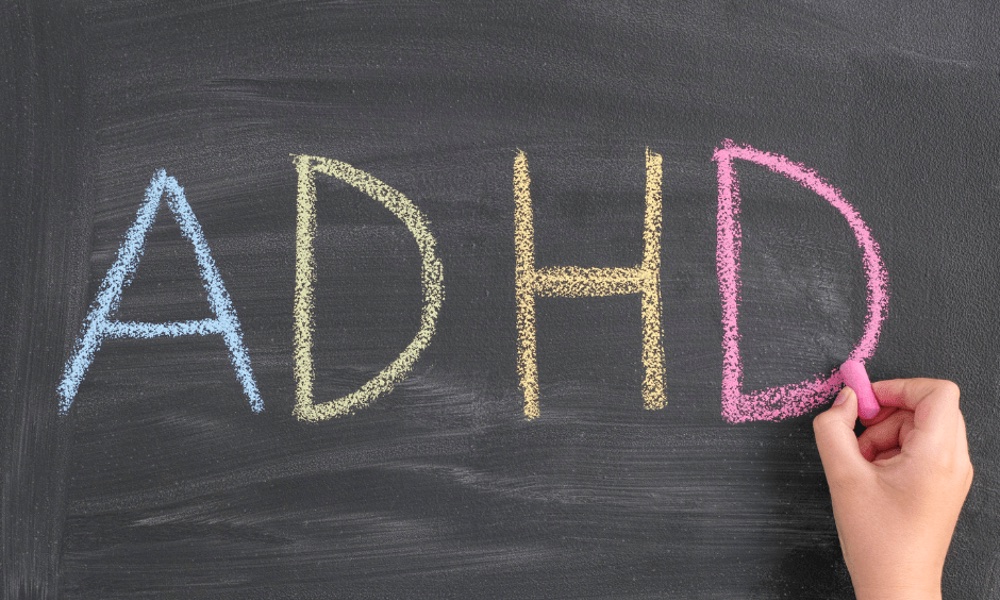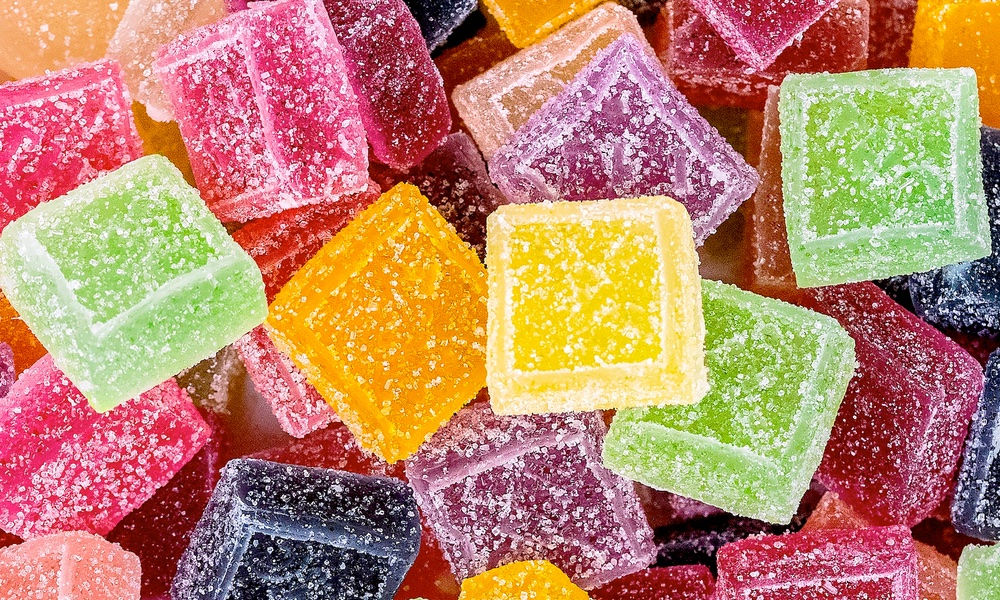In an age where even garbage bags come scented, there's disturbing news from researchers at the University of Washington. Scented products give off a host of chemicals, many of which are classed as toxic under at least one federal law. And none of these chemicals are listed on the product label.
The products included air fresheners; laundry detergents, fabric softeners and dryer sheets, personal care products such as soaps, hand sanitizers, lotions, deodorant and shampoos and cleaning products including disinfectants, cleaning sprays and dish detergents.
An analysis of chemicals emitted by 25 different scented products, including soaps, deodorants and cleaning sprays, showed an average of 17 different unlisted chemicals given off per product. Because some products emitted the same compounds, there were 133 different chemicals found in all. These ranged from limonene, the primary component of orange oil, to acetaldehyde, a suspected carcinogen. Twenty-four of these chemicals are classed as toxic. And there's no way for consumers to tell which products give off which chemical, because these ingredients are not listed. The only chemical listed on any product label was ethanol.
Manufacturers are not required to disclose any ingredients in cleaning supplies, air fresheners or laundry products. They are not required to list ingredients of any fragrances used in personal care products, either.
Nearly half of the products tested (11) emitted at least one compound classed by the EPA as a probable carcinogen. These include acetaldehyde, 1,4-dioxane, formaldehyde and methylene chloride.
The study makes no claim about any health effect associated with these emissions. After all, it's not known exactly what concentration of these compounds consumers are being exposed to. And scientists cannot precisely quantify how dangerous many of these compounds are. But containing a suspected carcinogen is rarely a strong selling point for a product.
The researchers took samples of 25 products, placed them in a closed glass container and later analyzed the composition of the air inside each container. The products included air fresheners; laundry detergents, fabric softeners and dryer sheets, personal care products such as soaps, hand sanitizers, lotions, deodorant and shampoos and cleaning products including disinfectants, cleaning sprays and dish detergents. All were widely used brands, with more than half being the top-selling product in its category.
About half of the products made some claim about being green, organic or natural. Their emissions of hazardous chemicals did not differ substantially from the other products.
In two national surveys published by these researchers in 2009, about 20% of those surveyed reported adverse health effects from air fresheners and 10% reported adverse effects from laundry detergents that were vented outdoors. These numbers doubled among people with asthma.
The researchers suggest that consumers who want to avoid emitted chemicals should stick to simpler cleaning products such as vinegar and baking soda, open windows for ventilation and avoid buying any product containing fragrance.
The Household Products Labeling Act, currently under review by the Senate, would require manufacturers to list ingredients, including fragrance mixtures, in air fresheners, soaps, laundry supplies and other consumer products.
Unless the bill becomes law, consumers are basically left with the choice of trusting the manufacturers of these products or avoiding buying the products altogether, especially the scented ones.




